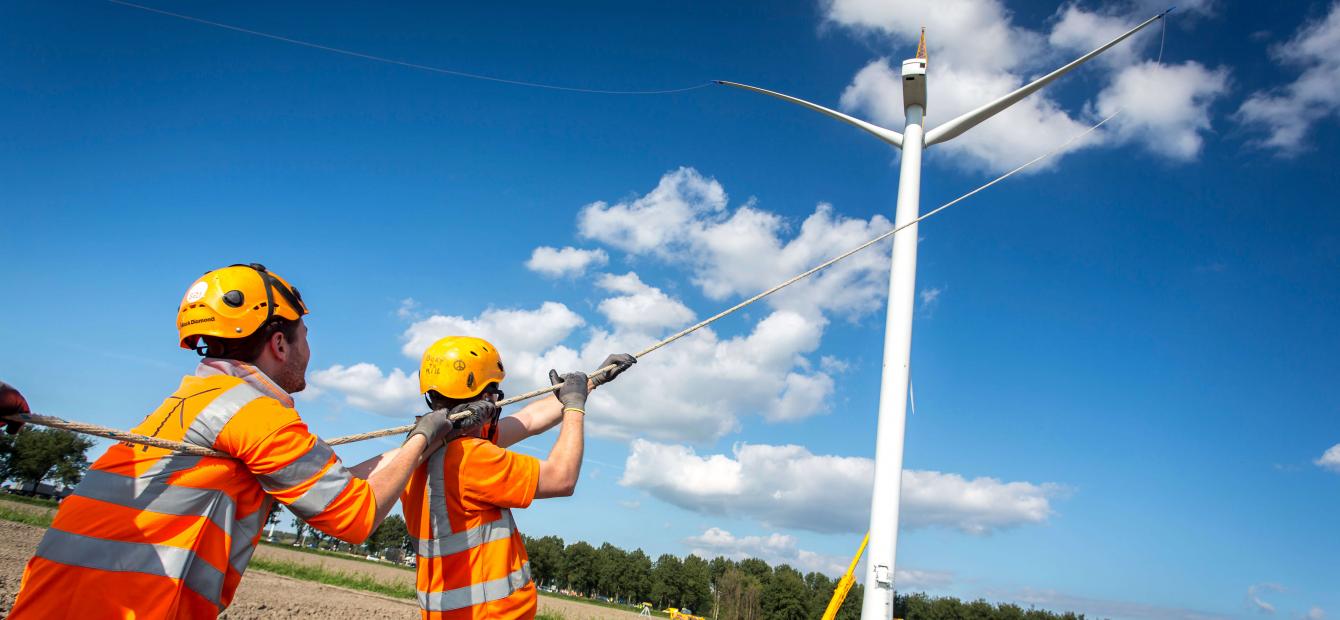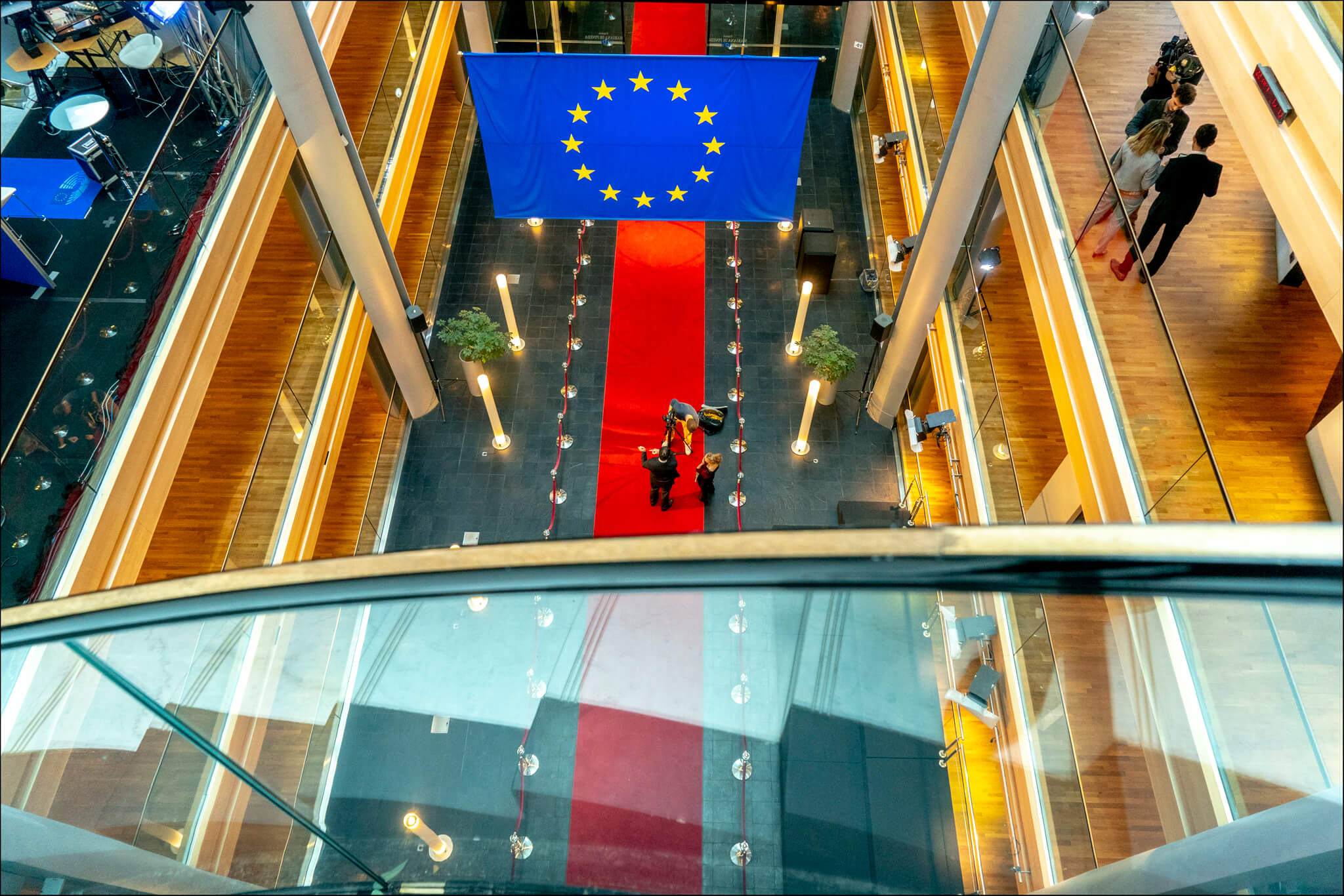
Connect the Green Deal with citizens, states and geopolitics
Shortly before the Christmas break the new European Commission published its long-awaited Green Deal. Once more the European Union showed its green ambitions and proclaimed environmental leadership by drafting a document full of strong environmental objectives. However, at the face of it, the announced European policies still need to be connected with the EU Member States, EU citizens and geopolitics in order to pass from words on paper into concrete actions.
On December 11, 2019, the new European Commission, under Mrs. Ursula von der Leyen, announced its ambitious plans to decarbonise the European Union within a few decades. Yet, while sounding promising, the proof of the pudding will be in the eating. At least three essential connections still need to be made for a successful implementation.
As it stands now, the Green Deal fails to provide concrete mechanisms to translate ambitions into concrete actions by national governments
In the first place, the European Green Deal still needs to connect with political realities in the individual Member States. As it stands now, it fails to provide concrete mechanisms to translate ambitions into concrete actions by national governments. It also fails to provide sufficient incentives for national governments to follow through.
The emission reductions that were announced in last year’s drafts of the National Energy and Climate Plans (NECPs) of Member States still show a substantial gap with the existing European emission reduction goal of 40% by 2030.
Hence, if Member States are unlikely to meet the current target, why would a 55% non-binding target work? And what would be the extent of the jurisdiction of the announced European “Climate Law”, given that European legislation first needs to be transposed into national legislation to have a juridical effect? This process has been shown to be very lengthy in the past.
Climate action is not at the top of the political priority list of certain EU member states
Further, on December 13th, 2019, just two days after the publication of the Green Deal, Poland announced that it will not yet sign the EU plan to become climate neutral by 2050. This stresses once more that climate action is not at the top of the political priority list of certain EU Member States.
In the second place, the Green Deal still needs to be connected with the ‘hearts and minds’ of individual citizens in Europe. Like all major processes of change, an environmental transition will have winners and losers.

Europe is currently witnessing the widespread and justified concern of citizens in relation to the economic and societal changes that this transition will involve. These concerns are also responsible to a large extent for the sharp rise of populist parties throughout Europe in recent years. It is therefore extremely important that the division of costs and benefits that go with the transition becomes clear as soon as possible to individual citizens in all Member States.
While a “Just Transition Fund” and a “Climate Pact” with stakeholders have been announced in the Green Deal, more clarity on how these instruments will address possible adverse impacts of transition is needed. Moreover, the Green Deal also will have to make clear how it addresses poverty and inequality in Europe as key social obstacles to a successful implementation of its transition policies.
Finally, the Green Deal still needs to be connected to the geopolitical realities outside Europe. The December 2019 COP in Madrid has shown again, in a painful way, the widespread lack of willingness in the international community to take ambitious action to mitigate climate change. Its meagre outcome is exemplary for the attitude that major emitters have displayed in the discourse on climate change during the last two decades.
While the EU sees itself as a role model in the fight against climate change, the Union accounts for only 10% of the global carbon dioxide gas emissions
The EU is currently one of the few large economies that has shown willingness to implement ambitious policies to reduce its emissions in the short-term. Nevertheless, while the EU sees itself as a role model in the fight against climate change, the Union accounts for only 10% of the global carbon dioxide gas emissions. This means that if other countries do not follow the EU’s example, the impact on the earth’s climate will be negligible.
Therefore, the EU might need to confine to more effective persuasion combined with political pressure in its external relations in order to make other countries follow suit. Swift implementation of a strong carbon border adjustment tax or including more stringent environmental chapters in free trade agreements could be good first steps in this direction.
Politicians in the European Union have always been good at displaying high long-term ambitions in many fields. However, for the Green Deal to succeed, it will be crucial for the European Union to bring all Member States aboard to show citizens how they will individually benefit, and to make other countries outside Europe either implement similar rules or protect the EU internal market from outside competition that is based on lower environmental standards.
It is still too early to judge if that will be possible, but the year 2020 will indicate to what extent the European ambitions for sustainability can also be connected to realities on the ground. Only if the Green Deal will succeed in making these indispensable connections, the eating of the pudding will be as pleasant as its appearance.












0 Comments
Add new comment